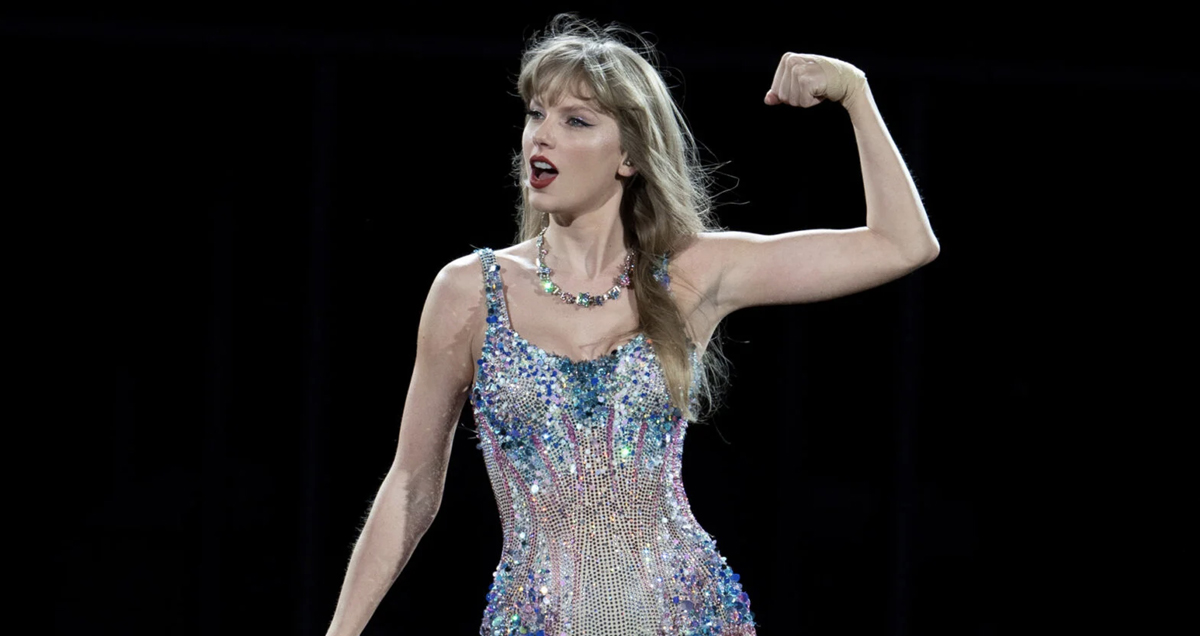By Ari Kaufman,
It’s now undeniable that Republicans are the party of the working class. That was true even in a subpar 2022 cycle when Republicans carried the nationwide working-class vote in the U.S. House by 13 points.
That also was true in 2020, when Donald Trump carried the nationwide working-class presidential vote by four points, including within important states like Arizona, Florida, Georgia, Iowa, Michigan, Nevada, North Carolina, Ohio, Pennsylvania, and Wisconsin.
At the congressional district level, Democrats dominate America’s wealthier districts, while Republicans are far more popular among poorer Americans. The GOP now represents about two-thirds of the districts with a median income below national levels.
Marcy Kaptur is a rare Democrat who still represents a working-class district. She has served Ohio’s 9th including Toledo and points west — for 40 years and recently warned her party of its elitism, revealing a telling chart and noting:
“You could question yourself and say, well, the blue districts are the wealthiest districts, so it shows that the Democrats are doing better to lift people’s incomes. The other way you could look at it is: how is it possible that Republicans are representing the majority of people who struggle?”
And Republican domination of the working-class vote also is developing for the 2024 cycle.
In a March 2023 poll, Trump carries the working-class vote by 10 points over Joe Biden in a hypothetical rematch, while Ron DeSantis has an identical advantage over Biden among working-class voters.
Why doesn’t this irk Democrats? At some point in my lifetime, they claimed to be America’s working-class party.
The reason, sadly, is cultural and racial. Affluent liberals in leafy suburbs view the (white) working class with scorn.
Democrats also believe they retain strong support among the non-white working class. But that’s slipping, too, especially non-college-educated Hispanics.
Most white-collar Democrats I know are apathetic, if not scornful, toward working-class Americans. They don’t live near them, visit similar places, and their children don’t see them at school. That’s not just bumptious but a moral failing on their part.
Recall Hillary Clinton’s “basket of deplorables” slur late in 2016 to a well-heeled LGBT crowd in New York City.
Daily News | Pa. Democrats aim to appeal to working-class voters with policy, symbolism, and some anger https://t.co/0chhoeKpGK
— Philly Daily News (@PhillyDailyNews) April 2, 2023
For now, lefties should consider what can occur if and when Republicans make further progress among working-class voters.
Between 2016 and 2020, Democrats’ advantage among the non-white working class fell significantly, while their deficit among white working-class voters — still by far the largest part of the working class — improved slightly. But is it possible both working-class segments will move together toward the GOP in 2024 and beyond?
This can be tested using data from the “States of Change” project.
Working-class preferences by race, gender, and age for 2020 were estimated and then moved toward the GOP by 10 margin points. These preferences were then applied to the projected structure of the electorate next fall and in future elections.
In 2024, the shift toward Republicans among the working class produces a 312-226 GOP electoral vote majority. States that moved into the GOP column are Michigan, Nevada, and Pennsylvania by three points; Arizona and Georgia by four points; and Wisconsin by five.
Yes, candidates and likability still matter; however, if beltway liberals read these reports and remain insouciant, they’re more insular than we imagined.
Ari Kaufman is a correspondent for several U.S. newspapers and magazines from Minnesota and Ohio to Tennessee and Virginia. He taught school and served as a military historian before beginning his journalism career. He is the author of three books and a frequent guest on radio programs, and contributes to Israel National News and here at The Lid.



